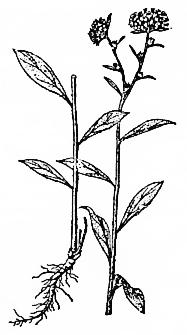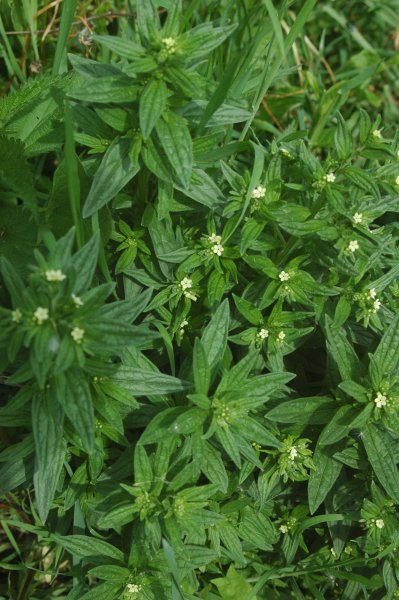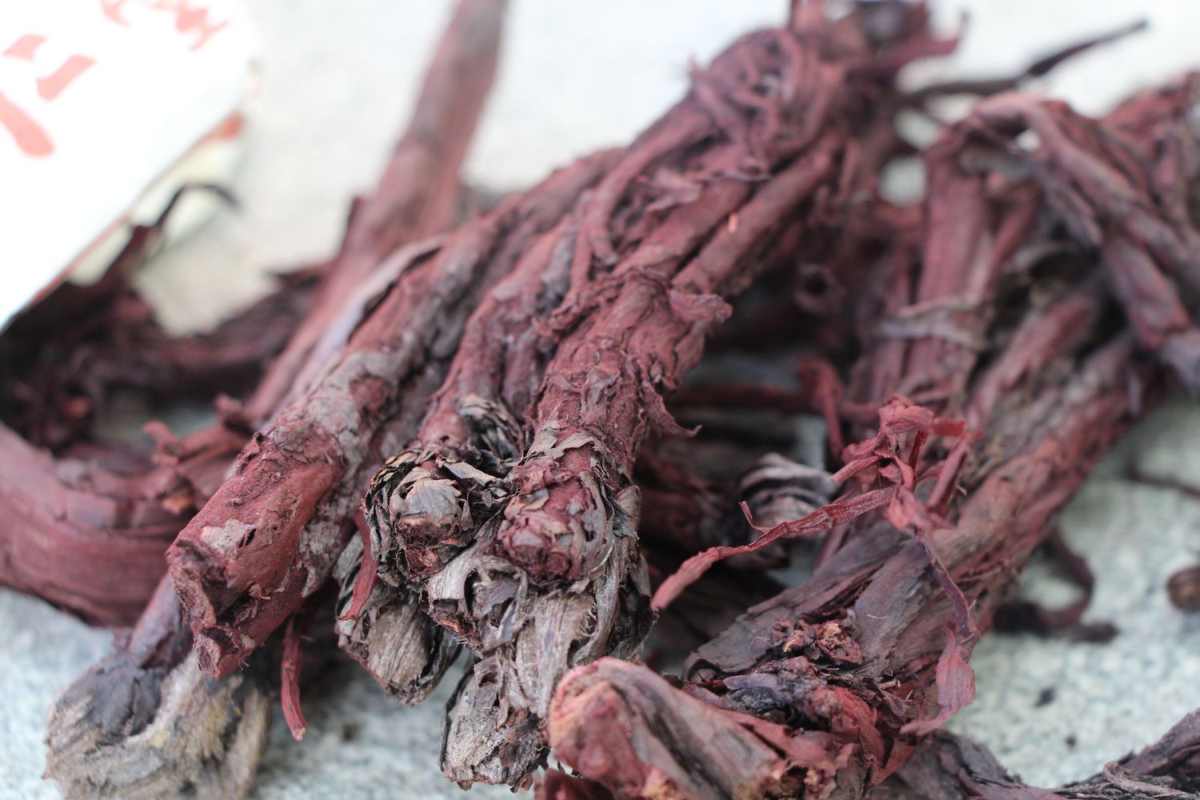Cardiotonic, antipyretic. Antiviral.[3]
[1] Barefoot Doctor's Manual- 1977 Prepared
by the Revolutionary Health Committee of Hunan Province. Original Chinese manual-
Victor W. Sidel. Originally published by Dr Joseph Quin and the Fogarty International
centre, Bethdesda (1974). Madrona Publishers Seattle Washington ISBN 0-914842-52-8
[2] A Complete English Dictionary of Medicinal Terms in Chinese Acupuncture and
Herbalism 1981 - Henry Lu Chinese Foundations of Natural Health- The Academy of
Oriental Heritage, Vancouver, Canada.
[3] Translation notes from Gary Seiford and Hocu Huhn- NSW College of Natural
Therapies. Sydney Australia (1982).
[4] Chinese Herbal Medicine Materia Medica- Dan Bensky and Andrew Gamble- Eastland
Press 1986 Seattle Washington ISBN 0-939616-15-7
Images
1.
upload.wikimedia.org
2. zhalm.net
 HABITAT:
HABITAT:



 HABITAT:
Found growing on sunny hillsides.
HABITAT:
Found growing on sunny hillsides.